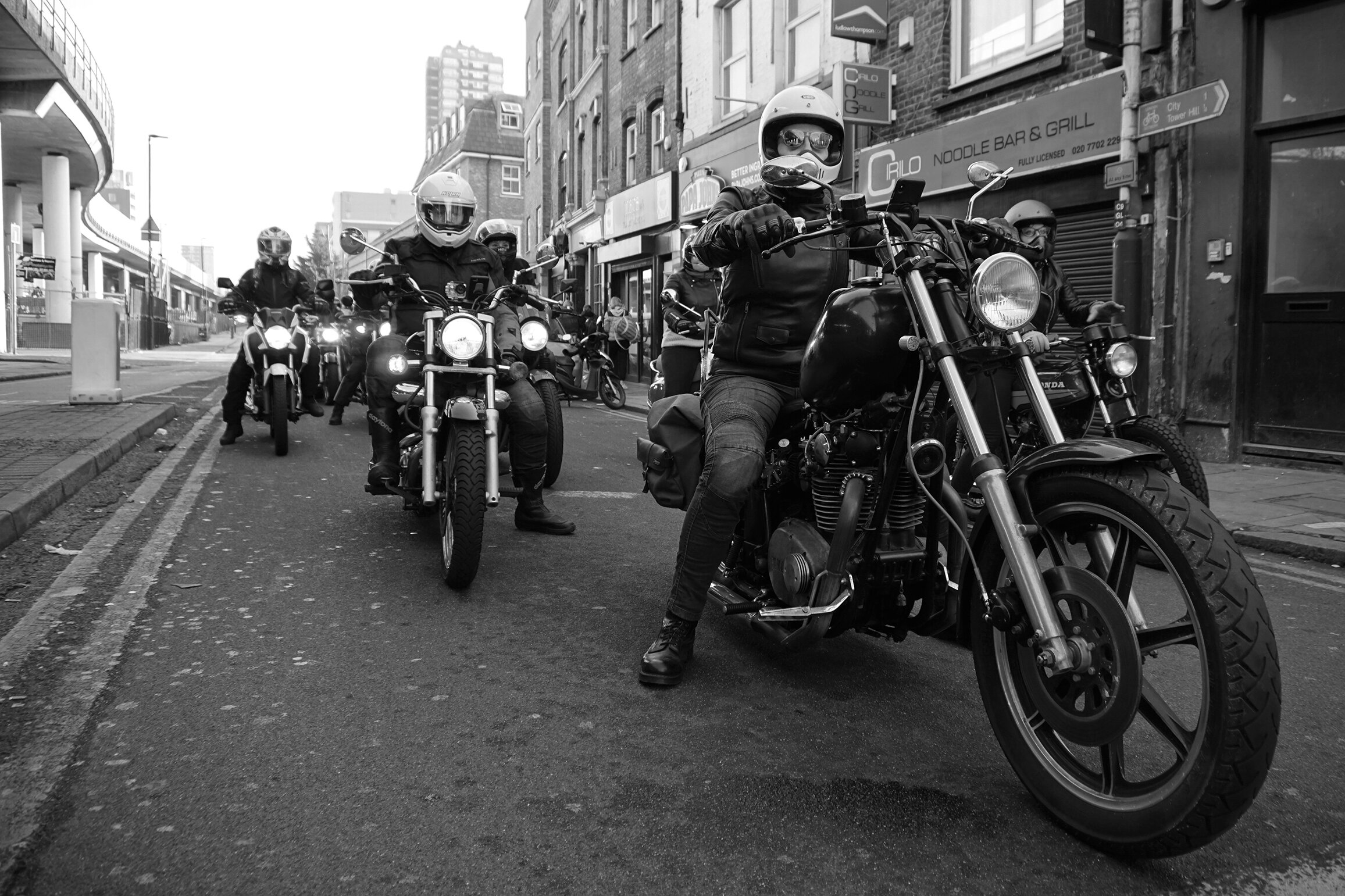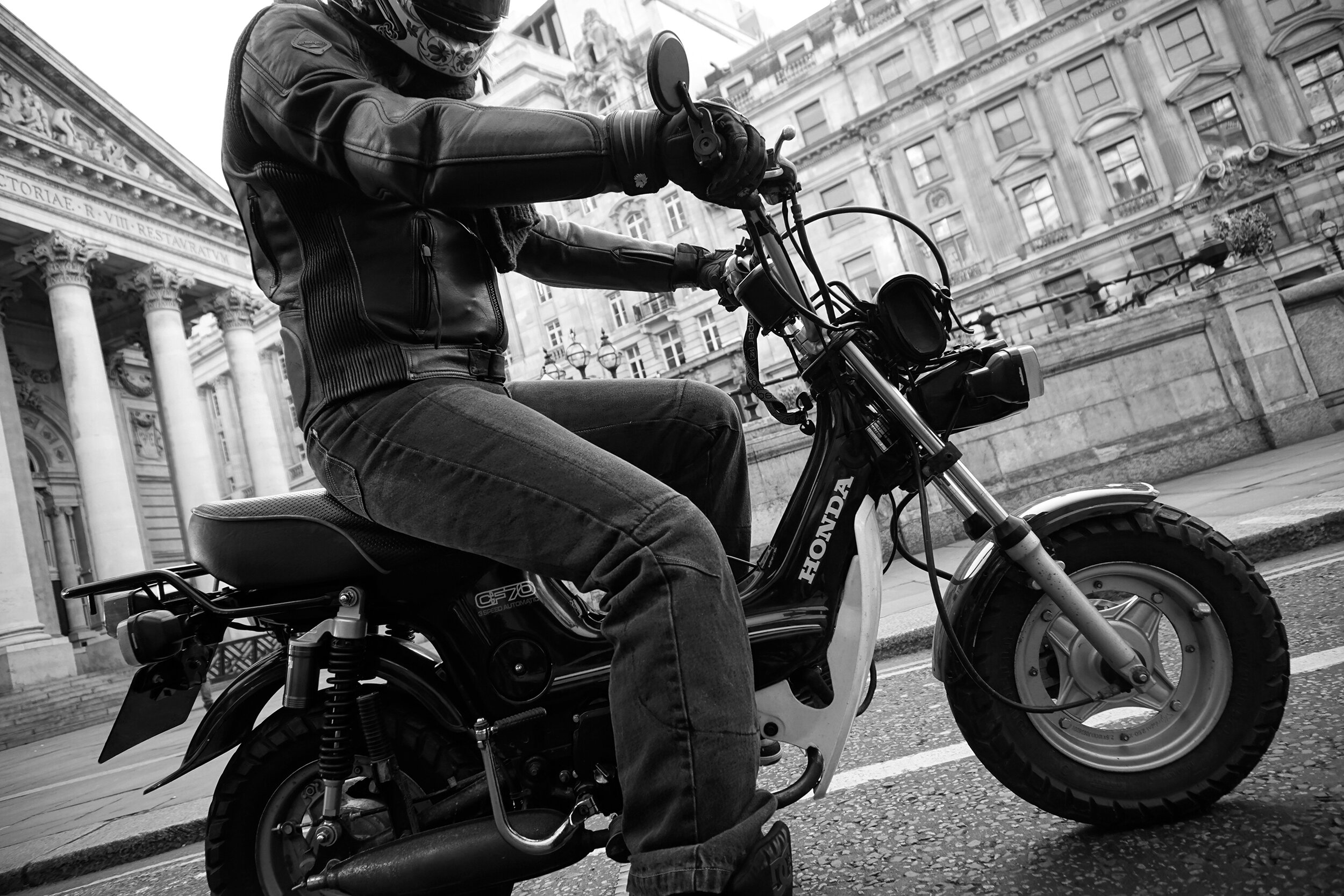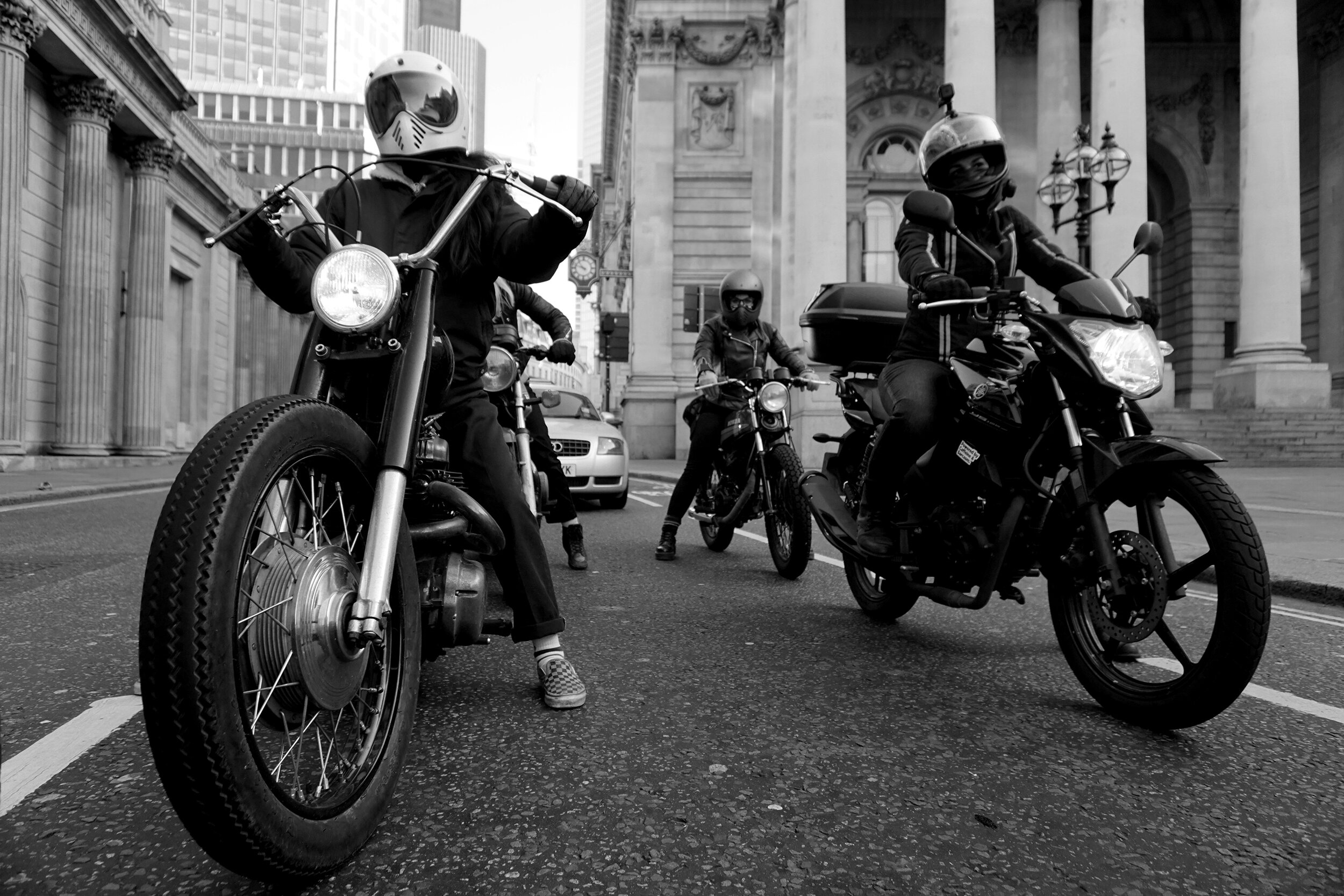So you're planning on joining up with a group ride this weekend and you've never ridden with others before? Maybe you've been riding with a group for a while, but you were never sure of the etiquette?
Our rad VC ride leader extraordinaire and group ride expert Charlotte Barnes aka @hardtailchop explains everything you need to know below!
And don’t forget that at Camp VC this year we’ve teamed up with the awesome people over at DEVITT INSURANCE to provide you with some ride out routes around the surrounding Brecon Beacons that’ll knock your socks off! They’ll be sent out to all attendees near to the event so make sure you download them to your phone (save the environment innit!) and get out and about on your own group ride at this year’s event!
Although most of us start out riding on our own or maybe with one or two friends, eventually riding in a group is something that you're going to want to do because it's a social event and a whole load of fun.
Unfortunately, research shows that group riding is a factor in a significant number of motorcycle crashes, which is sad, because it's something that should be no more dangerous than any other kind of road ride. The good news is that there are some basic rules you can follow so that everyone understands how to keep each other safe. On top of that, there are a bunch of conventions that make riding together much more enjoyable!
So let's start at the beginning; you've seen a ride you want to join and you've messaged the ride organiser to see if you can come? Maybe it's an open event and people just turn up? One thing to think about it who the other riders will be and consider asking the organiser about experience levels and pace. Rides that are described as 'all abilities' are generally going to be a better idea for new riders than ones labelled as 'progressive', which are likely to be much faster and will involve the possibility of overtaking other moving traffic. Next, consider what bike you ride, too – if you're a cruiser fan, you might not be as comfortable riding with the race replicas or sports bikes for instance.
_______________
When you turn up for a ride, take note of when the meeting time is and when you're likely to leave ('kickstands up'). It's always considered good practice to show up with a full tank and an empty bladder because the last thing a ride leader wants to be worried about is someone who delays things by needing fuel or a loo trip! Like any other ride, it's also a really good idea to make sure your bike is in a safe, roadworthy condition. If you don't know about POWDER checks (hint – it's a mnemonic) then definitely look this up online. For those who don’t know already a POWDER check is:
Petrol – Make sure that you have enough for the journey and plan refuelling stops.
Oil – This should be checked when the engine is cold (check your handbook) and the bike is parked on a level surface. Also include hydraulic fluids for the clutch, brake, and power steering systems in your inspection. Water – The levels in the radiator and windscreen washer bottles should be checked while parked on a level surface.
Damage – Check the bodywork, wheels and fixtures, including mirrors.
Electrics – Check all lights, indicators and hazard warning lights are in good working order and clean. Also test the horn.
Rubber – Check the tyre pressures and tread depth, and look for damage to the tyres and wheels.
Next - You can usually tell what a ride's going to be like based on the amount on information that you get up front. A good organiser will explain destinations, have a route and set expectations of the group's behaviour beforehand. A lot of ride leaders will have a quick chat with everyone before the ride sets off and this is a great time to get a feel for how you should be riding. It's a good idea to ask for the ride leader's mobile number so you can contact them if things don't go to plan.
A lot of rides will publish a route beforehand. Not everyone has a satnav, but if you can get a routing app on your phone, definitely consider getting it mounted on your handlebars so that you can follow the route as you go. It's a total game-changer and really takes the stress out of keeping up with the rider in front.
THE GOLDEN RULE
The absolute golden rule of group riding is that despite being amongst other bikers, you are still riding on your own. In other words, you must ride your own ride, taking responsibility for your own decisions in keeping yourself and the other people on the road around you safe. If you don't think you should be doing something, don't do it just because everyone else is. Know your limits and ride in a way that you are comfortable.
It ought to go without saying that you should turn up on a legal bike, ride within the law and respect speed limits. If you see blue lights, the whole ride pulls over to let them through. Consider what you're wearing and always opt for gear that will protect you in the event of an accident. After that, there are some generally accepted behaviours that any responsible group ride will follow:
Know who the ride leader is and never overtake her. Similarly, know who the back marker is and never fall behind her. That way, if the ride leader can see the back marker, she knows that the ride is all together.
Before the ride sets off (or as it is setting off) find your position in the pack and stick to it. Overtaking within the ride isn't helpful to the ride leader unless you're using the drop-off system (more on this later). Sometimes the ride leader will assign you a position and sometimes you will chose where you would like to ride. If you are newer or inexperienced rider, let the ride leader know and they will put you towards the front of the pack. This will make it easier for you to keep up, as the further back you are, the harder it is to stay with the group, especially in traffic.
Keep a safe distance from the rider in front. This means that on the open road, you should pay attention to your stopping distances and make sure you treat other riders as you would any other vehicle. In town or when the ride slows, it is super helpful to the ride leader if you can keep together as much as possible. To do this, riders will often ride in a staggered formation if it is safe to do so.
Keep the bike behind you in your mirrors and if they're struggling to keep up, slow down. That way, if the rider ahead of you sees the same thing happening in their mirrors, eventually, the ride leader will get the message and she will slow down until the group is all back together.
Don't leave the group without letting someone know, preferably the ride leader. She is looking to keep the group together and will be counting heads from time to time. If you find yourself separated from the group, either go directly to the destination, send the ride leader a message to explain what has happened – or both.
When you're riding with a group, be prepared to ride more slowly and not to make as much progress as you would on your own or with one or two buddies. Group rides are about the company, the route and the destination, not about ripping along as fast as possible.
Finally, it’s worth familiarising yourself with some basic motorcycle hand signals before a group ride. You can use these, not only for you to identify when someone is going to make any manoeuvres or wants to communicate mid ride but also for you to communicate what’s going on with a rider behind for example. Here’s a handy little guide to a few to start you off:
Some rides will use the drop-off system. It's basically what bikers did before GPS and intercoms because it works really well to keep a group together. As the route goes through a junction or a roundabout, the ride leader will point to the second in line to indicate that they mark the route for the bikes behind. That rider slows down and then positions herself at the junction to mark the junction, using the direction her bike is facing (as well as some hand gestures, usually). Once the back marker has passed through, she rides off, catches up with the group and gets back in line somewhere ahead of the back marker. If the group is using this system, it is the only time you should be overtaking other riders.
If you've never used the drop-off system and you're worried about being asked to be a marker, it's not a problem. The convention is that if you don't ride in second position, the ride leader won't ask you to mark a junction.
Of course, these days, a lot of riders use intercoms and this is a great way to chat to your buddies on the road. Bear in mind that systems using regular bluetooth usually have an upper limit of four people in the conversation and in a big ride, there may well be multiple chats happening at the same time. More modern intercoms use mesh technology to increase that upper number and get better range. Some of them even allow you to use your smartphone connection so that range is no longer an issue.
Group rides are a great way to meet new friends, find new routes and have a fantastic time on your bike. There's nothing quite like cruising along in with a group of other bikers and it's definitely something you should try as soon as you feel ready. Our VC London womens' rideouts will be happening most months throughout the year and are a great way to ease your way into group riding. Keep an eye on our Instagram feed for details of the next one!
P// ANDREA DOSOUTO










